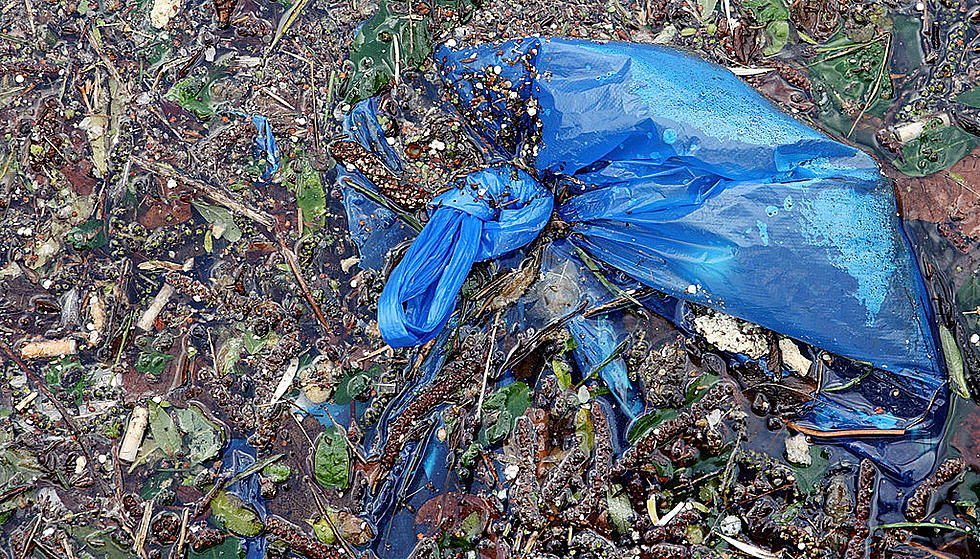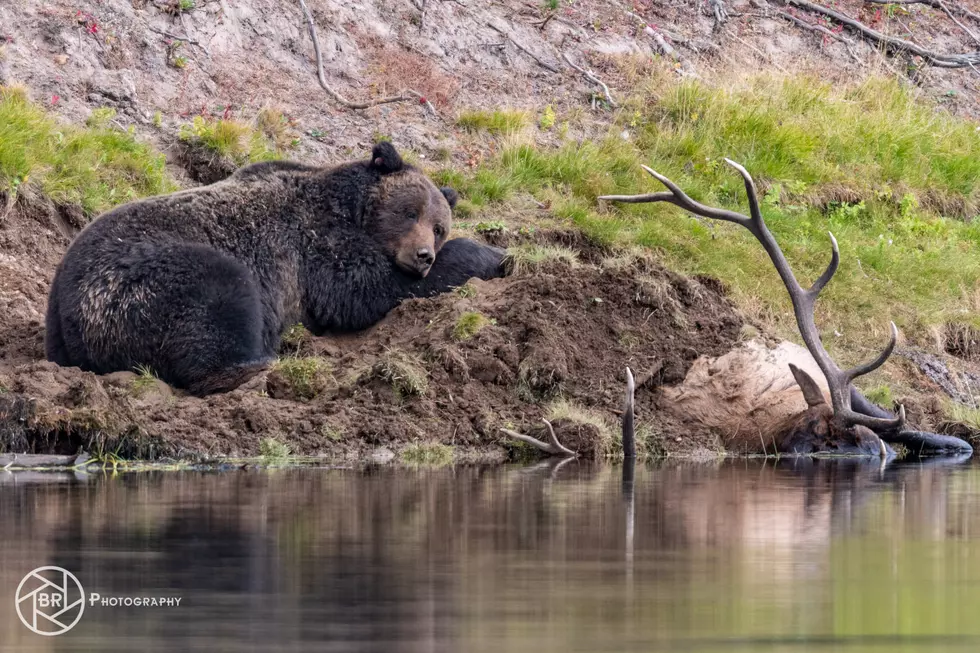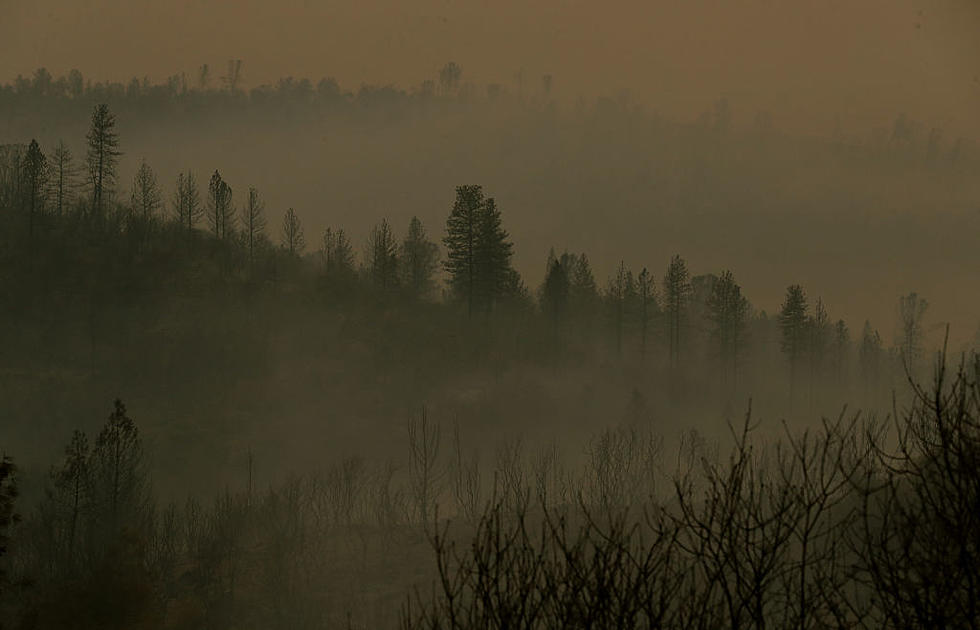
Idaho, US Sign Logging and Forest Restoration Agreement
BOISE, Idaho (AP) — State and federal officials signed an agreement Tuesday they said will help protect Idaho's national forest lands, which they said are at risk of insect infestations and destructive wildfires.
Idaho Gov. C.L. "Butch" Otter, Gov.-elect Brad Little and U.S. Department of Agriculture Undersecretary Jim Hubbard and other state and federal officials signed the Shared Stewardship Agreement, which they said could be a template for other Western states.
"We need these kinds of agreements, and they need to be with the kind of scale and commitment that a state brings to the table," Hubbard said. It's the first such agreement the Agriculture Department has signed with a state, he said.
The agreement calls for ramping up a federal-state partnership of with the Good Neighbor Authority, which allows Idaho workers to assist on timber sales and restoration work like prescribed burns on U.S. Forest Service land. Money made from timber sales pays for the restoration work as well as for workers assisting on the projects.
The program has managed to log or have plans to log about 3,500 acres (1,400 hectares). Nearly 50 restoration projects have been done, are being done or are planned.
"The success that we've had in Idaho has not gone unnoticed," said Otter, a key figure in starting the Good Neighbor Authority as chairman of the Western Governors' Association.
But officials say landscape-scale projects are needed to treat 6.1 million acres (2.5 million hectares) of national forests in Idaho. The amount of work to be done and the small amount that's been done so far led to the Shared Stewardship Agreement.
Details on how that additional work will get done are unclear, said Hubbard and Idaho State Forester David Groeschl. On the state level, Groeschl said two large projects are being planned, with a possible request to lawmakers early next year to hire more workers in the state Department of Lands.
Hubbard said the Agriculture Department might ask for money from U.S. lawmakers or transfer funds within the agency to get more workers assigned to Shared Stewardship. Neither said how many workers might be needed or a timeline to treat the millions of acres in the state.
Jonathan Oppenheimer of the Idaho Conservation League, an environmental watchdog group that has been active in collaborative planning on national forests, said his group was generally supportive of Shared Stewardship but also planned to scrutinize timber sales and restoration work.
"It certainly appears that there's a big call out of Washington, D.C., to ramp up logging on our national forests," he said. "Could be good or bad."
Logging in parts of the state with older growth trees that aren't threatened by insects or wildfires and don't pose a threat to homes would be a red flag, he said.
John Freemuth, a Boise State University environmental policy professor and public lands expert, said it's too early to say how Shared Stewardship might work out or if it will catch on elsewhere.
"The successes are still pretty small, but the relationships are being built that may allow for a realigning of policy that may allow people to work together," he said. "We're just going to have to see what happens over time."
More From 98.3 The Snake









